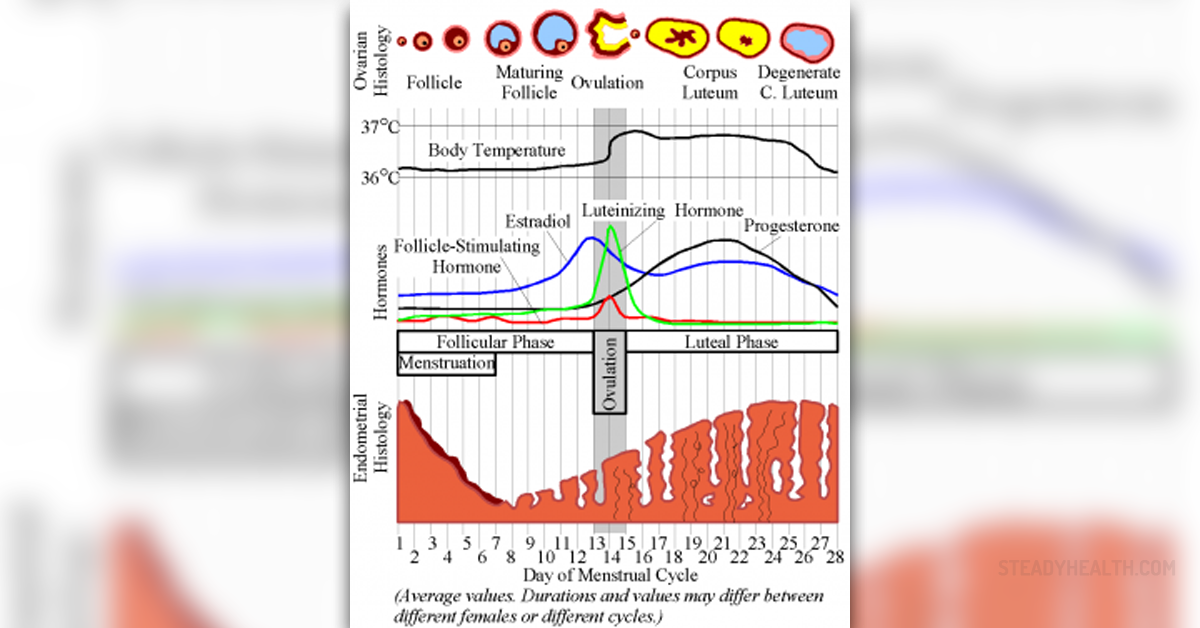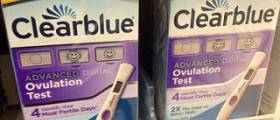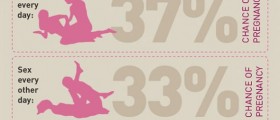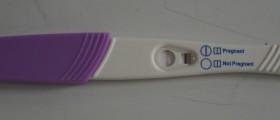
Knowing how to count the menstrual cycle is something that every woman should know, especially if she is planning to get pregnant. Understanding the different phases in a menstrual cycle, and knowing what to expect in each of them, is extremely important for the control of the sexual health and better interpretation of body’s signals. A simple math applied to the previous menstrual cycle dates is all that a woman needs to calculate her next period. One should be aware that, many different factors may affect the cycle, and that a normal length of menstrual cycle drastically varies from one woman to another.
How to calculate menstrual cycle length?
Menstrual cycle length is a term most frequently misunderstood. Menstrual cycle is not the same as the length of the period. The first day of a menstrual cycle is the first day of bleeding. Normal cycle lasts until the next period starts, between 21 and 35 days. Most of the time, cycles outside this range indicate that a woman is not ovulating. Most women have their unique menstrual cycles and to determine its length woman should chart her own cycles accurately. However, there are other good reasons to start charting the periods. For example, keeping the accurate track of the cycles is essential if a woman is trying to get pregnant, or trying to avoid pregnancy.
Calculating the best time to get pregnant
The most fertile time in a menstrual cycle is the period of ovulation. During ovulation, a mature egg is released from the ovary, pushed down the fallopian tube and becomes available to be fertilized. The best way to calculate the most suitable moment to achieve pregnancy is to pay attention to the menstrual cycles and physical signals of ovulation. One of the best methods of calculating the best time to get pregnant is by counting the days. Woman should analyze her menstrual chart and find out when to expect from the next period. From this date, she should count back 12 to 16 days to calculate the range of days reserved for ovulation. For example, if a woman has 28-day cycle, the 14th day is often the best day to get pregnant. Normally, during the ovulation, only one egg is released and it lives 12-24 hours after leaving the ovary. Fertilization must occur in this period, and implantation of a fertilized egg occurs 6-12 days after the ovulation. Women should be aware that ovulation could be affected by stress, illness or disturbance in normal routines.
















Your thoughts on this
Loading...